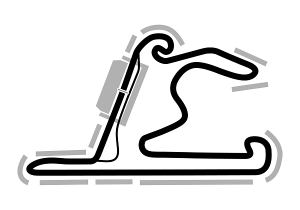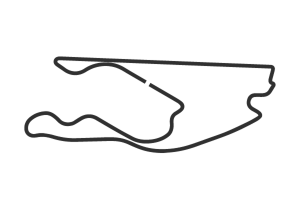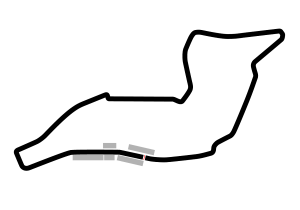Dirty air has been a hot talking point during the 2025 Formula 1 season, as the performance of the teams has converged in the final year of the current regulations.
Pole position has become vitally important, with all four races so far (including the sprint race in China) being won by the driver who started the race on pole.
While that would have been expected in Australia and the Chinese Grand Prix main race when McLaren drivers were starting the race on pole, Lewis Hamilton easily fending off Oscar Piastri during the sprint race in China, and Max Verstappen doing the same at the Japanese GP, are two moments that have come as a bit of a shock.
Although both Red Bull and Ferrari are lacking in pace to McLaren, Hamilton and Verstappen benefitted from having clear air in front of them in those respective races, being able to look after their tyres better due to not being in the 'dirty air' of the car in front.
But what does 'dirty air' mean, and how does it affect F1 cars in 2025?
What is dirty air in F1?
To be in the dirty air of a car means that you are following so closely that you are picking up the turbulence coming off the back of the car, thus unsettling your car.
The dirty air sees a reduction of air flow into an F1 car's aerodynamic components, which leads to a lack of downforce, which can ultimately result in decreased lap times.
It can also severely impact tyre wear, particularly during hotter races, where the pressure on the tyres is already at extreme levels.
While following closely behind another car may be necessary over the course of a lap or two in order to try and overtake a rival, drivers don't want to be spending more than a few laps picking up that dirty air, and may even opt to give their rivals some space, and drop back a little bit.
This is to give their car some time out of the dirty air of the car in front in order to cool off and preserve tyres ahead of mounting an attack later in the race.
During races, it is also common for a team to pit a driver who is stuck behind another car, allowing them to get out of harm's way and into clean air, where they can produce better lap times and potentially undercut one of their rivals.
Why is there less overtaking in F1 this year?
The 2022 regulation changes which have been heralded as the 'ground effect era' of F1, were supposed to make it easier for cars to follow each other more closely round the track, thus making for better racing.
While this has been the case on the whole in recent seasons, the fact that the top four teams in the sport are so close in terms of lap times in 2025 means that much fresher tyres than the car ahead are required, if an overtake is to be attempted.
This means that drivers are stuck behind their rivals for longer, in their dirty air, damaging their tyres which makes it even harder to attempt an overtake, as we saw with Lando Norris at last weekend's Japanese GP, stuck behind Verstappen.
It may be why we have seen less overtaking in general so far this season, with all four races so far being won by the polesitter, and the Japanese GP becoming the first time in F1 history that the top six finished in the same order they started at a permanent circuit (it has happened at street circuits including Monaco and Singapore in the past).
It's a problem further down the order too, with even the slowest teams on the grid this year being a lot closer in terms of pace to the faster teams than, for example, in the 2023 season.
Being behind a rival heading into a straight has been a blessing in previous seasons, with the slipstream coming into play, where the car ahead punches a hole in the air meaning that drivers behind go faster and can attempt an overtake.
However, that slipstream effect has not been as large in 2025, and it has been a hinderance to be closely following a driver during any part of a lap. F1 will be hoping that 2026 regulation changes will once again limit the dirty air factor, leading to more overtakes without the use of DRS.
F1 HEADLINES: New FIA penalty threat emerges as Red Bull absence confirmed
Related

















































 Grand Prix du Canada 2025
Grand Prix du Canada 2025  Grand Prix of Austria 2025
Grand Prix of Austria 2025  Grand Prix of Belgium 2025
Grand Prix of Belgium 2025  Grand Prix of Hungary 2025
Grand Prix of Hungary 2025  Grand Prix of Azerbaijan 2025
Grand Prix of Azerbaijan 2025  Grand Prix of Singapore 2025
Grand Prix of Singapore 2025  Gran Premio de la Ciudad de Mexico 2025
Gran Premio de la Ciudad de Mexico 2025  Grande Prêmio de São Paulo 2025
Grande Prêmio de São Paulo 2025  Qatar Grand Prix 2025
Qatar Grand Prix 2025  Grand Prix of Abu Dhabi 2025
Grand Prix of Abu Dhabi 2025 